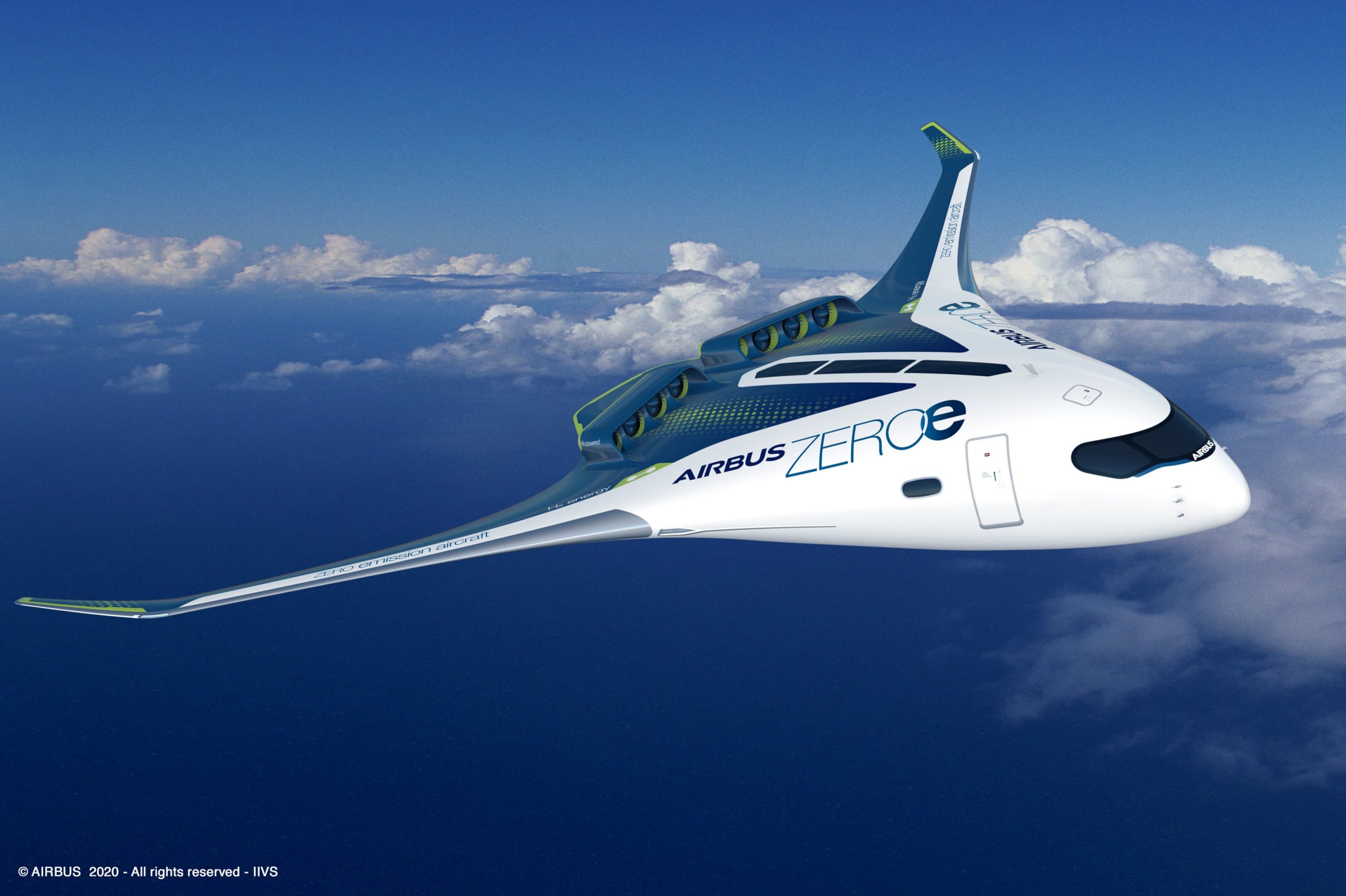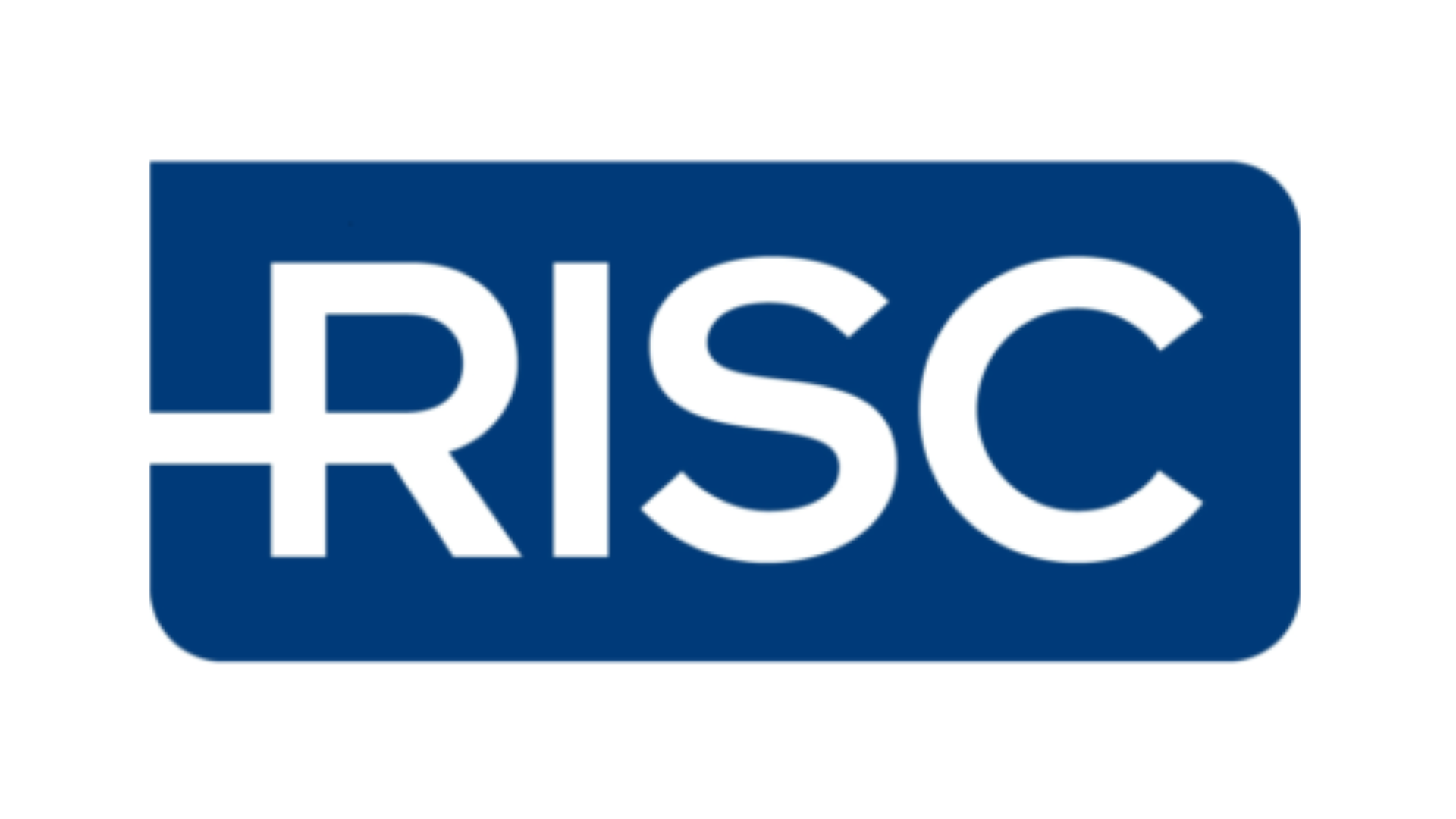
Hydrogen – the future
The 21st September is Zero Emissions day. Airbus chose to mark the occasion by announcing its intention to develop a zero-emissions aircraft to come into service in 2035. As Grazia Vittadini, Airbus’ Chief Technology Officer, put it at the launch event, 2035 is tomorrow in our industry.
Airbus has therefore made the decision to select the specific technologies it will develop in order to achieve the goal of a zero-carbon aircraft by 2035. While there is an array of different technologies to explore and develop to achieve this goal, hydrogen is at the centre of its focus.
Why hydrogen?
Hydrogen can be used for aviation in three ways – direct combustion through modified gas turbines, convert it into electric energy through a fuel cell, and finally it can be combined with CO2 to make synthetic kerosene.
Airbus are looking to combine the first two uses. Hydrogen will be used to power modified gas turbines, while fuel cells can also be used to power an electric motor.
Hydrogen is comparable with kerosene in terms of its energy levels; however, it is 1/3 of the weight of kerosene. There is also an expectation that the increase in demand for hydrogen technology across sectors will lead to a significant scaling up of the hydrogen industry, thus reducing the cost significantly.
The main challenge is the volume – it takes up four times the space of the equivalent required amount of kerosene. Airbus are therefore exploring how the hydrogen can be stored in three concept aircraft described below.
ZeroE concepts
- For short-haul flight, Airbus is developing a turboprop design. This design would seat up to 100 passengers and would be capable of travelling around 1,000 nautical miles. It would be powered by hydrogen combustion in modified gas-turbine engines. The fuel would be stored in the fuselage of the aircraft, behind the passenger cabin.
- For transcontinental flight, a turbofan design is under development. This aircraft would seat 120 – 200 passengers and have a range of 2,000+ nautical miles. It would be powered by a modified gas-turbine engine running on hydrogen, rather than jet fuel. Again, the hydrogen would be stored and distributed via tanks located at the rear of the aircraft.
- Finally, Airbus is also developing a revolutionary new design concept. The “blended-wing body” design (shown in photo) would seat up to 200 passengers with a similar range to the turbofan design. This design opens more options for hydrogen storage as well as cabin layout.
The aviation ecosystem
For these concepts to become a reality, the whole aviation ecosystem needs to get on board. Airbus is working with airlines, airports, energy suppliers and Governments to advance the understanding of this pioneering work and to bring the wider aviation industry on this exciting journey.
Airbus’ announcement today is hugely important for the sector at an extremely difficult time. It is now up to Governments to act and support the sector as it recovers from the COVID-19 crisis if the ambition of zero-carbon flight by 2035 is to be achieved.





